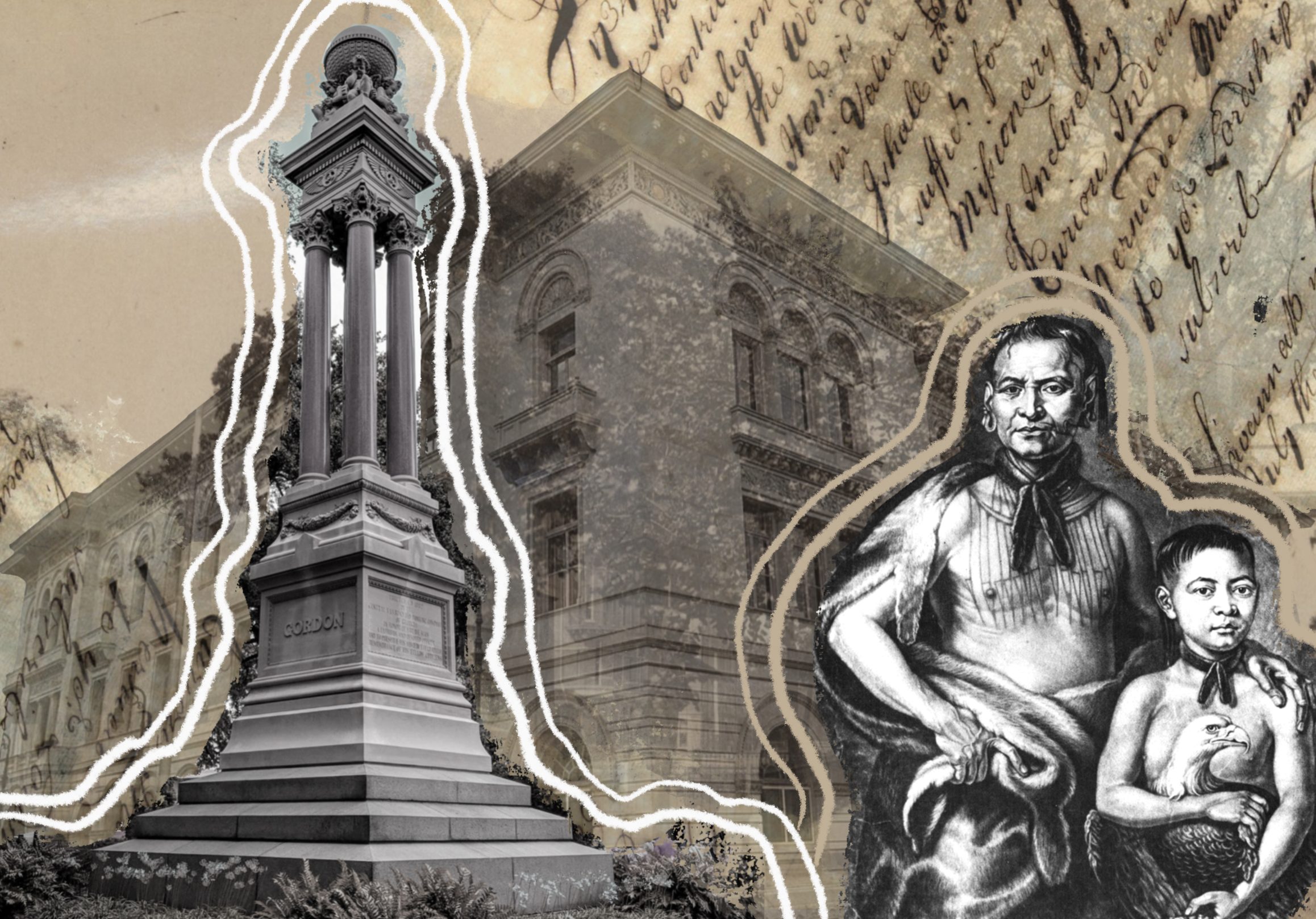
Native American History Month encourages reflection upon Georgia history
Written by Abby Chadwick, Image by Abby Chadwick
Nov. 1 marked the first day of Native American History Month. With the city of Savannah being known for its history, it is absolutely necessary to take a look at the Native Americans who resided in Georgia at the time of its founding.
Originally, two tribes occupied the land now known as Georgia; the Yamasees and the Creeks. Both groups had ties to British traders from Charleston and South Carolina. When the Yamasees became severely indebted to these traders and refused their demands of deerskins and enslaved persons, they went to war. The Creeks joined the Yamasees in this war against the British.
When the violence ended two years later, the Creeks re-established trade with the British while the Yamasees partnered with Spanish traders based in St. Augustine, FL. Members from both tribes who did not agree with either of these alliances decided to break away and form the Yamacraws, under the leadership of Tomochichi. They settled in an area around the Savannah River until 1733 when James Edward Oglethorpe and his English settlers formed a friendship with Tomochichi and persuaded him to move his village up the river so that Oglethorpe may establish the colony of Georgia. Once Tomochichi and his nephew Toonahowi, who became the leader after Tomochichi, both died, the influence of the Yamacraws died as well. They merged with a larger nation less than twenty years later.
Learning and emphasizing the importance of Native American heritage, both in Savannah and everywhere else, is essential to keeping the history alive, mainly because there is a severe disconnect between modern historians and the Native American people. Many modern historians of today base their historical facts on written accounts. However, most Native American history is transmitted from generation to generation through oral tradition. The credibility of these oral traditions was based mainly on overall group consensus, but historians often garner a mistrust against these traditions due to the belief that all of history should be backed by written documentation. However, most written history fails to include prominent themes of Native American experiences, making it a clear indication of the colonial oppression of Native Americans.
Besides the disconnect between written and oral forms of communication, the content of what Native Americans and modern historians deem to be the “most important” often differs as well. While many historians are concerned mainly with specific dates and locations of larger events, Native Americans often find greater importance in the interrelations between Native Americans and their experiences with non-human spirits.
These differences between modern historians and Native Americans can cause a dangerous amount of misinformation to spread, which can lead to incorrect conceptions of Native American people in academic settings and especially in the media, where a large amount of information is learned these days. It is necessary, if not crucial, for our world to ensure that Native American history is being accurately represented in schools, in politics, in society and day-to-day life.
